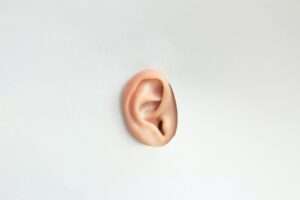Making sense of sensory processing
Lucy Miller, also an occupational therapist, took Dr Ayres’s theory of sensory integration and broke it down into three categories namely sensory modulation, sensory discrimination and sensory based motor disorders. These are further broken down into three distinctive difficulties or disorders which are described as sensory over responsive, sensory under responsive and sensory craver or seeker.




